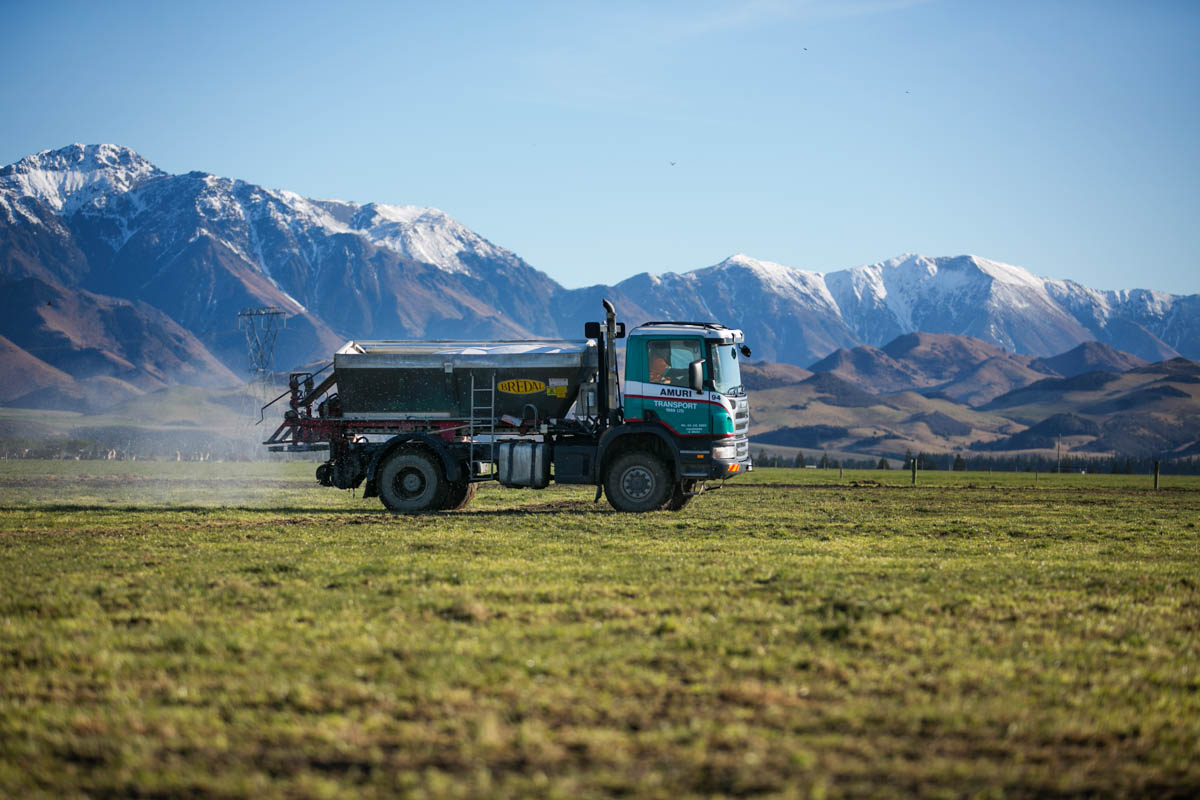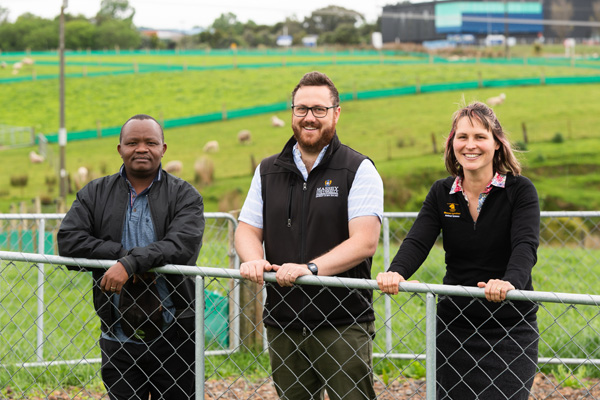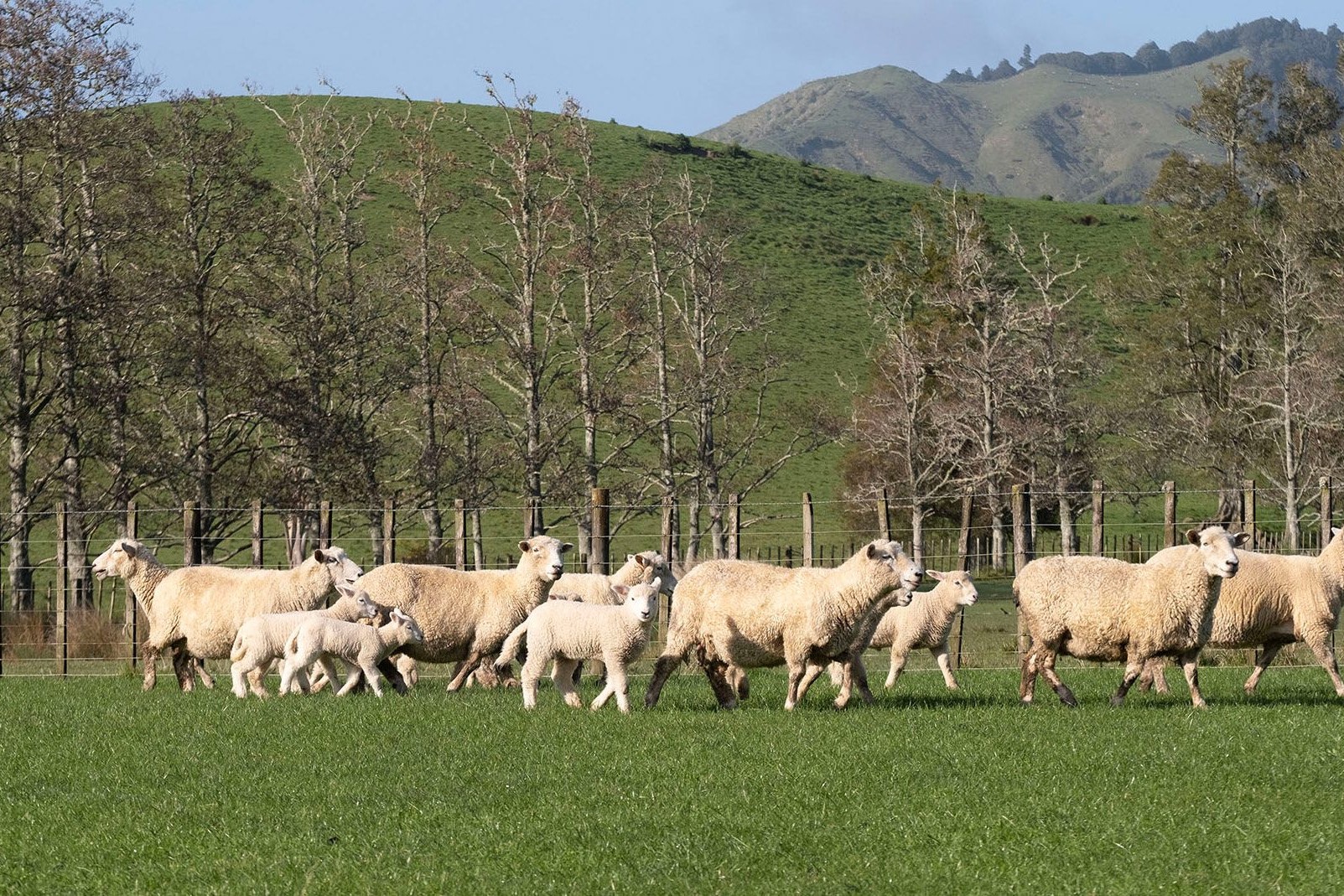Fifteen years ago the New Zealand deer industry established a national control programme for Johne’s disease.
Through the 1980s and 90s the fledgling deer industry saw its stock beset with rapidly spreading and severe outbreaks of the fatal mycobacterial gut infection Johne’s disease. A major new animal welfare and productivity issue was emerging at pace and at cost. The industry decided to act.
Today these same farmers can think back with satisfaction at overcoming the issue as they look ahead to the new wave of challenges.
So what brought down this epidemic? Five things stand out.
Solidarity was the first. The industry banded tightly together, determined to do whatever was necessary to beat it.
Next, Disease Research Limited at the University of Otago developed diagnostic tests suited to finding the disease in deer.
Then, an industry surveillance system using data from the deer slaughter plants was established to monitor trends in the disease and communicate to individual farms about the disease.
The fourth critical event was education. Researching and distributing the information veterinarians needed to assist their clients in controlling the disease and the information farmers needed to continue improving the general management and performance of their herd. The last is continued monitoring. As a result we can see a 50% improvement in rate of disease. We can also see a lower impact of disease. Reports of severe outbreaks have dried up. Farmers now worry about other issues.
There is the occasional blip from time to time but overall the issue has faded from the priority list. Fifteen years of adding resilience to the future by fixing the problems of the present. That’s a good story.




